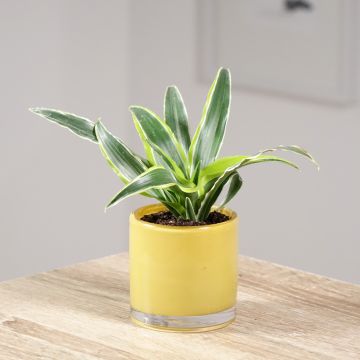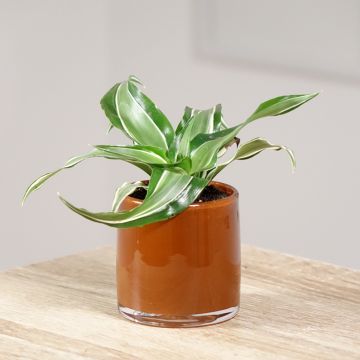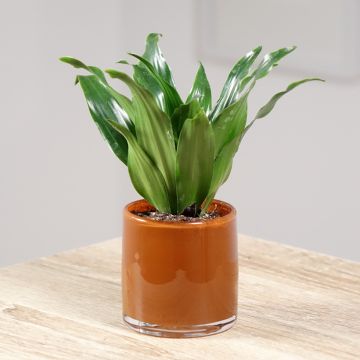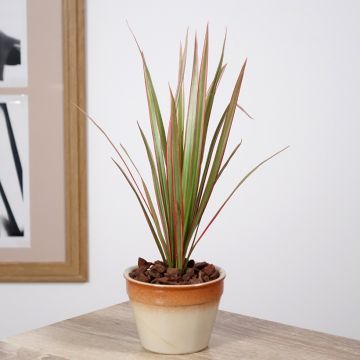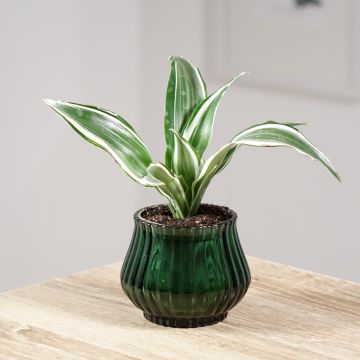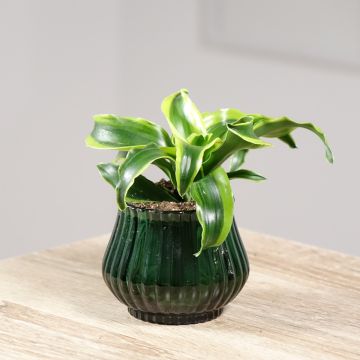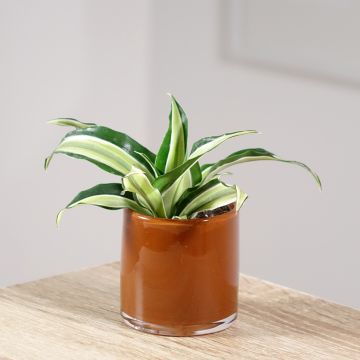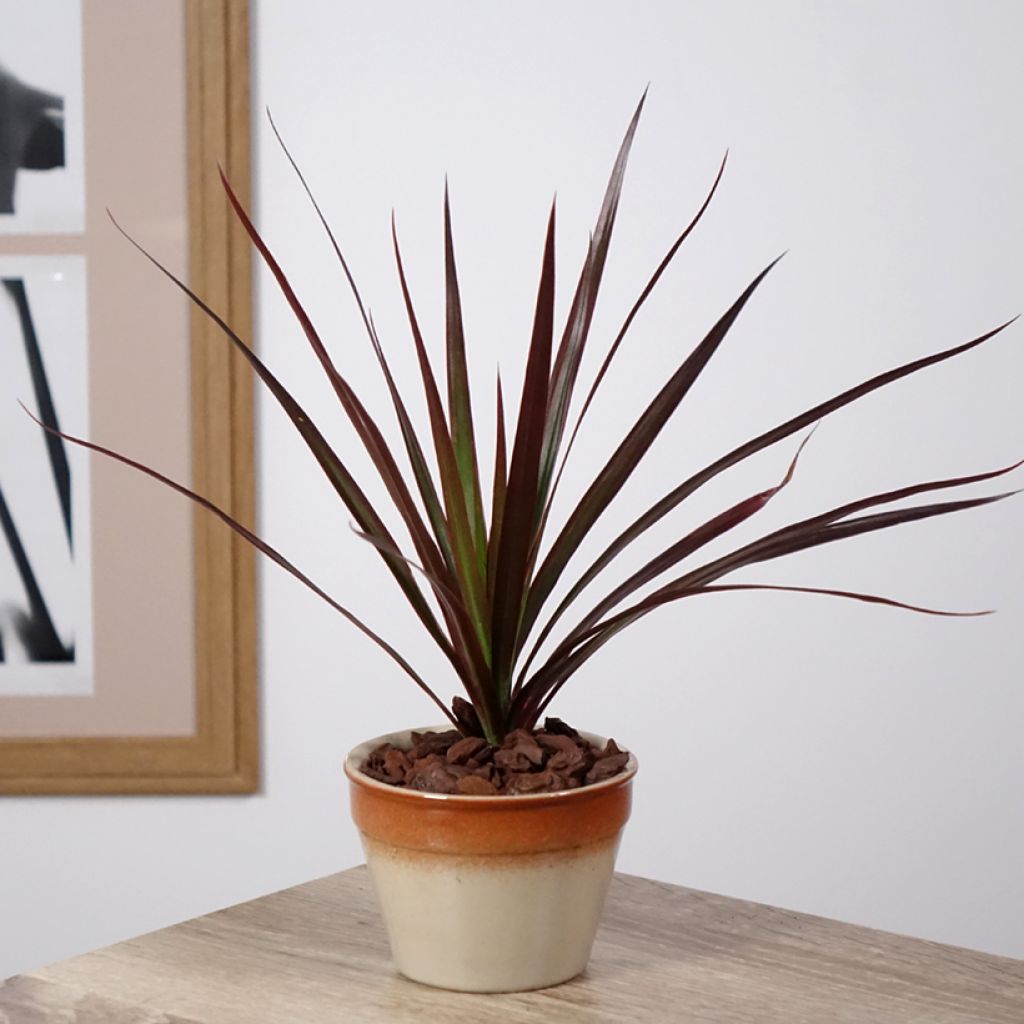

Dracaena reflexa var. angustifolia Magenta - Dragon tree
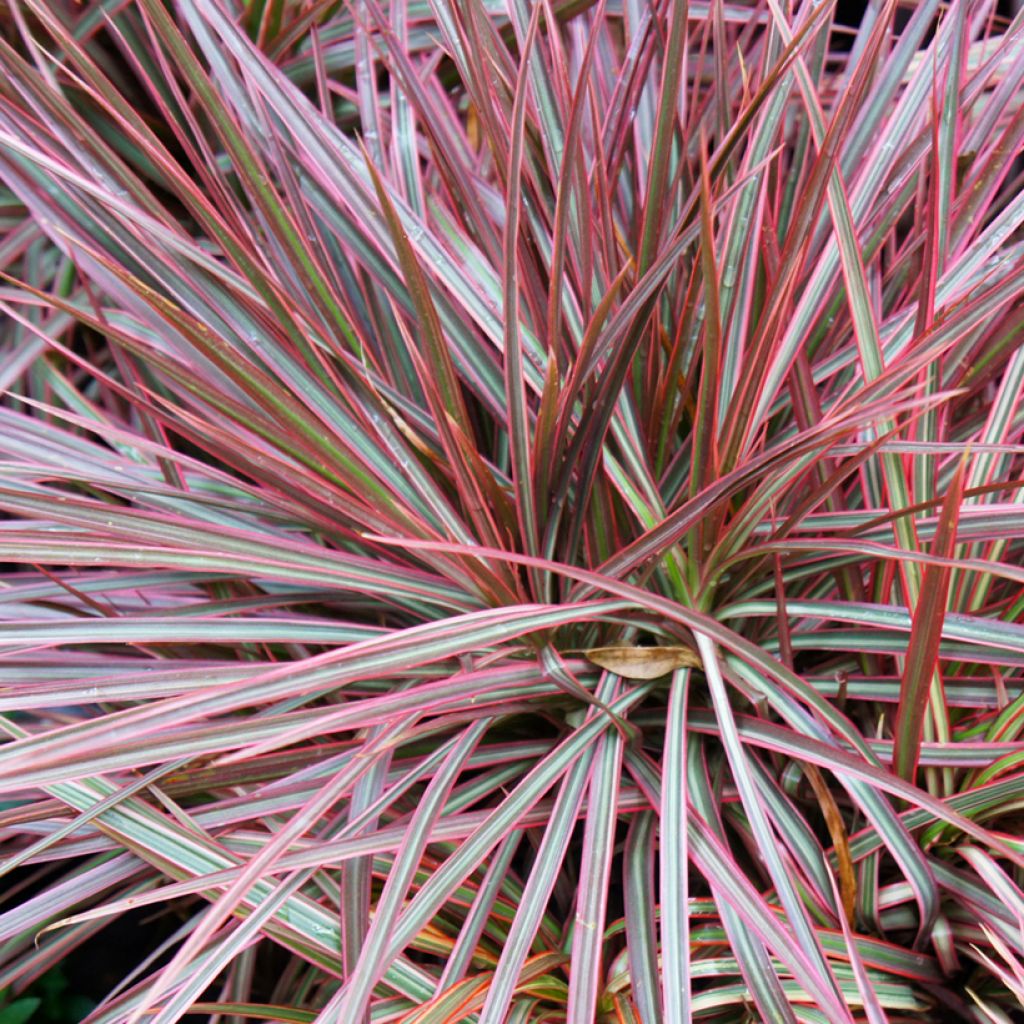

Dracaena reflexa var. angustifolia Magenta - Dragon tree
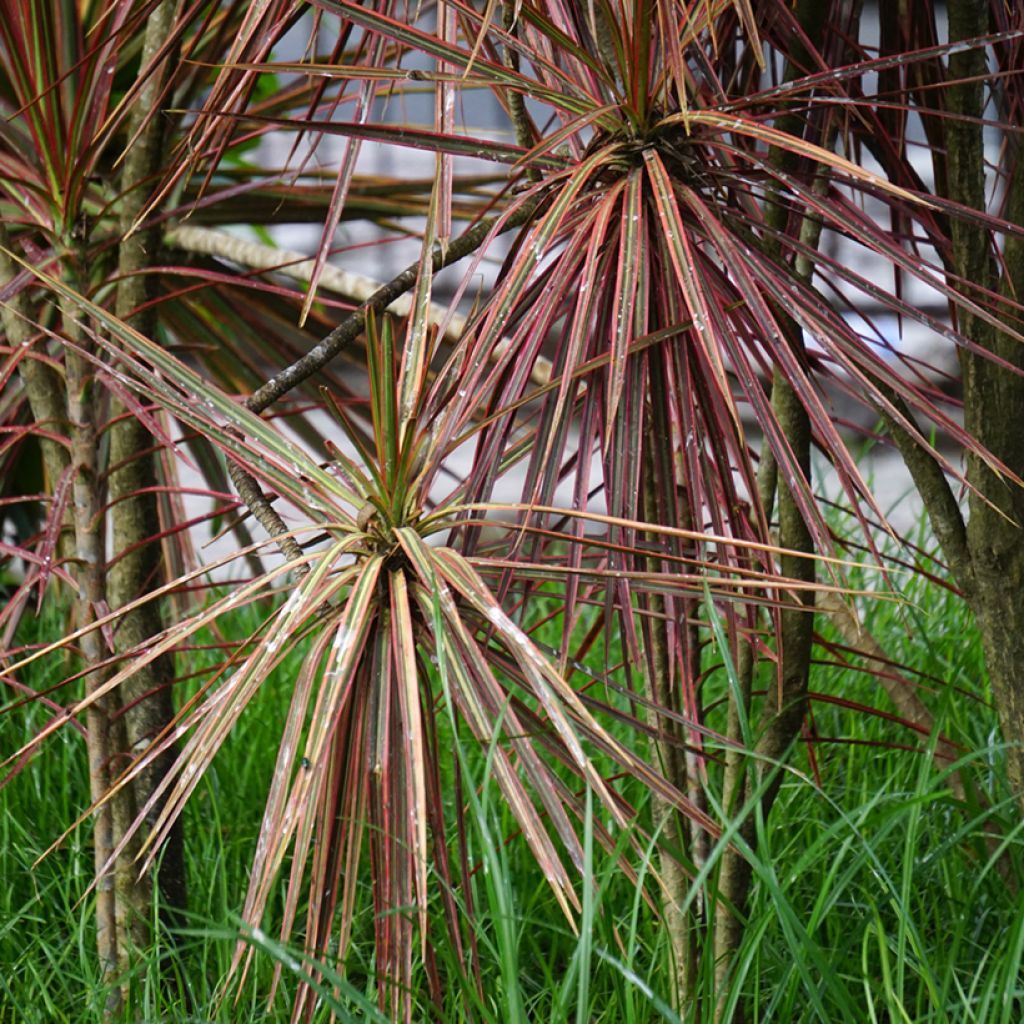

Dracaena reflexa var. angustifolia Magenta - Dragon tree
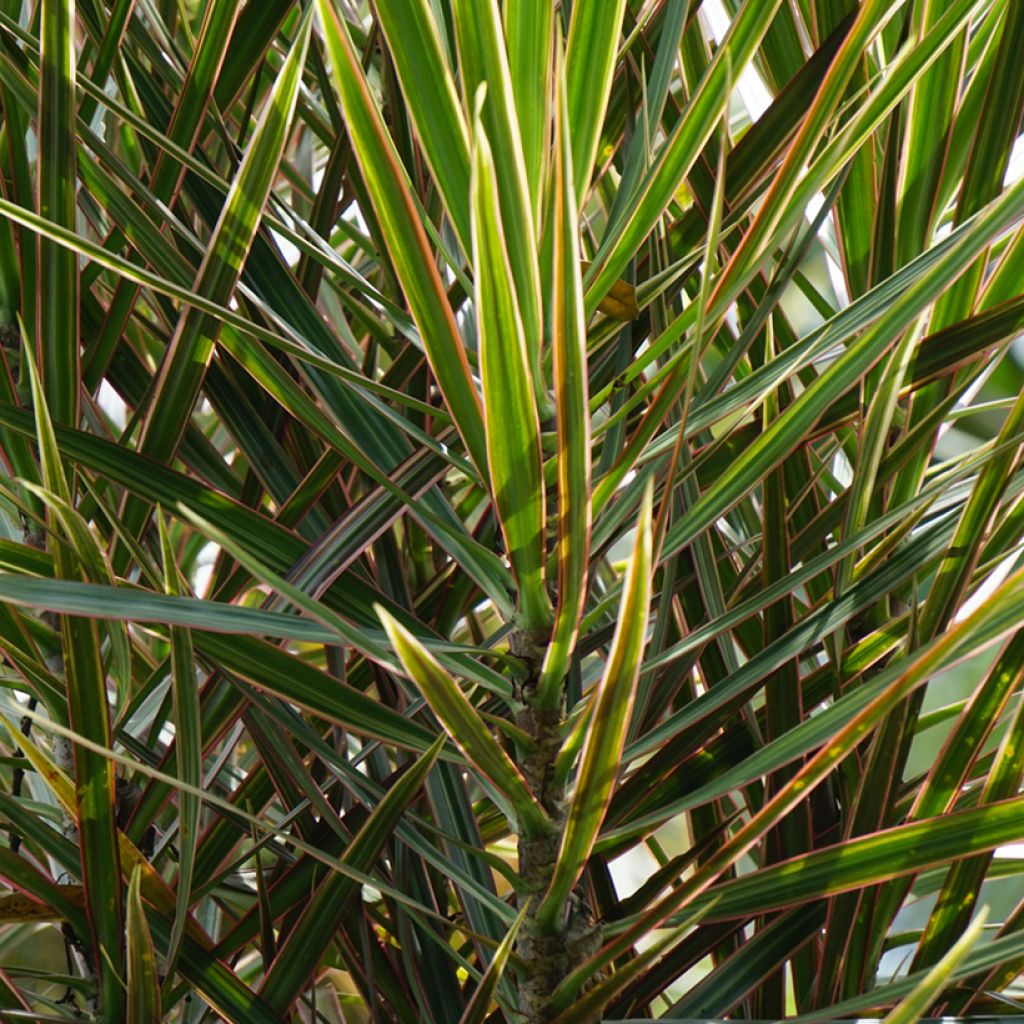

Dracaena reflexa var. angustifolia Magenta - Dragon tree
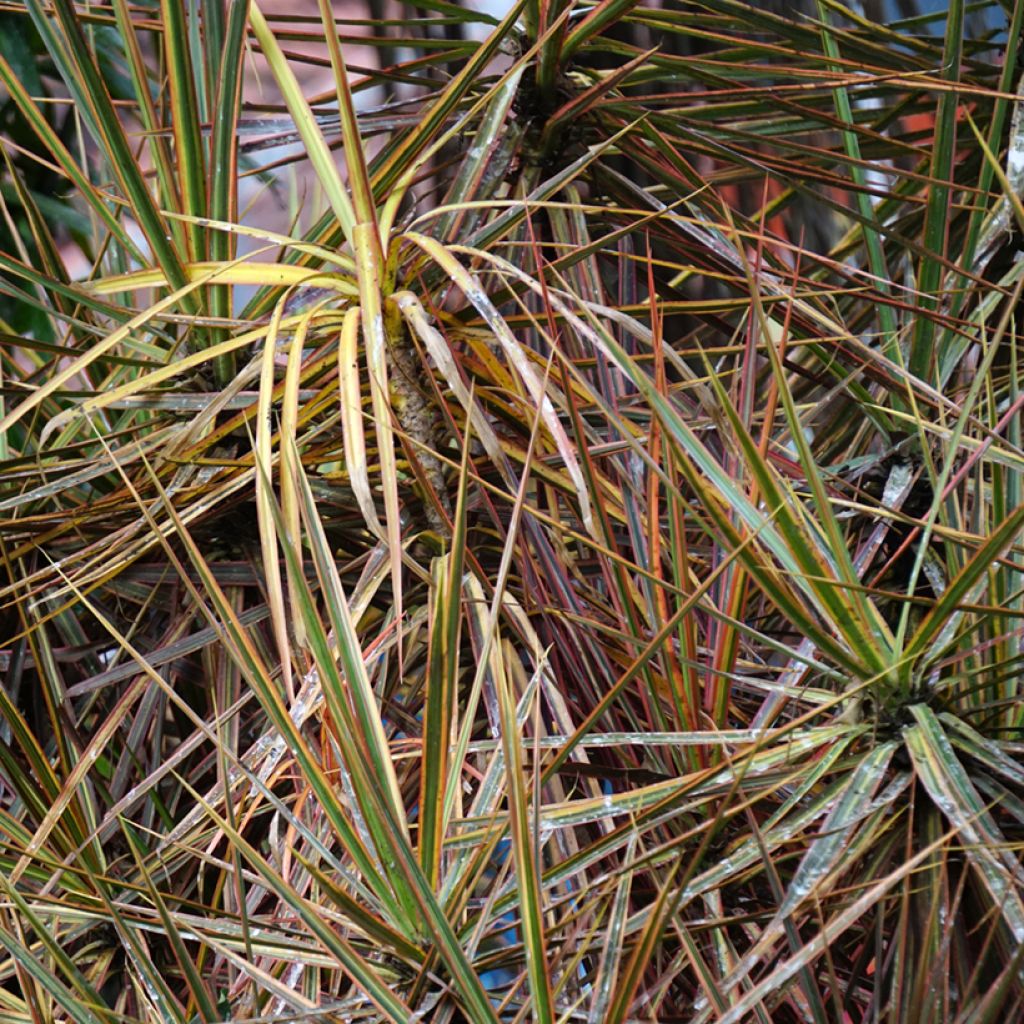

Dracaena reflexa var. angustifolia Magenta - Dragon tree
Dracaena reflexa var. angustifolia Magenta - Dragon tree
Dracaena reflexa var. angustifolia Magenta
Dragon tree
Special offer!
Receive a €20 voucher for any order over €90 (excluding delivery costs, credit notes, and plastic-free options)!
1- Add your favorite plants to your cart.
2- Once you have reached €90, confirm your order (you can even choose the delivery date!).
3- As soon as your order is shipped, you will receive an email containing your voucher code, valid for 3 months (90 days).
Your voucher is unique and can only be used once, for any order with a minimum value of €20, excluding delivery costs.
Can be combined with other current offers, non-divisible and non-refundable.
Home or relay delivery (depending on size and destination)
Schedule delivery date,
and select date in basket
This plant carries a 30 days recovery warranty
More information
We guarantee the quality of our plants for a full growing cycle, and will replace at our expense any plant that fails to recover under normal climatic and planting conditions.
Description
The Dracaena reflexa var. angustifolia 'Magenta' is a variety of Madagascar Dragon Tree that is even more ornamental than the wild species. This houseplant irresistibly catches the eye with its very refined graphic appeal. Its much narrower foliage than in other species displays complementary colours, combining a bright, glossy green with a magenta purple that further accentuates its extreme delicacy. An ideal plant for beginners, the Dragon Tree adapts to most ambient humidity levels and standard lighting conditions in our homes.
The Dracaena, which over time has been classified into different botanical families, now belongs to the Asparagaceae family alongside many other ornamental genera such as the Liriope, a charming small perennial with spikes of white, bluish, or lilac flowers, or the Agave, which forms rosettes of leaves in various sizes and colours. The Dragon Tree (or Dragontree) comprises no fewer than 111 species, the majority of which originate from Africa and Southeast Asia. The Madagascar Dragon Tree occurring naturally in that country was once known by the scientific name Dracaena marginata before being reclassified as the angustifolia (literally 'narrow-leaved') variety of D. reflexa, or Candlewood. The Dracaena reflexa var. angustifolia is a slow-growing bush or small tree, reaching 4 to 6 m in height with a twisted trunk that can become quite massive in older specimens. The branches are bare, bearing a tuft of leaves only at their tips, giving the plant a somewhat ghostly appearance. The elongated laminae are green, curiously edged with red. This Dragon Tree which thrives in warm climates can nevertheless tolerate relatively low temperatures, but not frosts.
The 'Magenta' Dragon Tree is much more modest in size than the typical botanical species as it will not exceed 2 m in height at maturity. With slow to moderate growth depending on the room's light levels, it will form an 80 cm to 1 m tall specimen in 10 years, with a spread of 30 to 40 cm. In its juvenile stage, the plant forms an upright tuft of leaves that flares upwards. 20 to 30 cm long, the leaves are very narrow, only about 1.5 cm wide. They display a stunning deep, glossy green, margined with two lateral bands ranging from magenta red to purplish magenta, a colour that can also become dominant on the underside of the leaf. This is clearly visible due to the leaves' fairly closed vertical angle. This colour combination is truly highly attractive and ornamental. Over time, the plant will develop a stem that gradually raises the cluster of leaves. Light greyish-brown in colour, this stem is marked by the scars left by the shedding of older lower leaves, further enhancing its aesthetic appeal. The bark conceals latent buds capable of sprouting if the main axis is damaged or deliberately pruned to encourage branching. By repotting several plants in the same pot, it is possible to create height gradations between the specimens, with the tufts of leaves positioned at different levels, creating a highly graphic display.
Easy to grow in most of our homes with little fear of direct sunlight, overwatering, or excessively dry air, the 'Magenta' Dragon Tree is ideal for those who concerned not to have green fingers. Due to its compact size, you will easily find a spot for it. Its great delicacy will enable you to create delightful contrasts with broad-leaved plants such as the Dieffenbachia or the Maranta. A Monstera with its enormous, curiously split leaves. Either or both of these will similarly be perfect companions adding an extra graphic touch to your décor.
Report an error about the product description
Dracaena reflexa var. angustifolia Magenta - Dragon tree in pictures




Foliage
Plant habit
Botanical data
Dracaena
reflexa var. angustifolia
Magenta
Asparagaceae
Dragon tree
Cultivar or hybrid
Other Dracaena - Dragon Tree
View all →Location
Location
Maintenance and care
Watering tips
Potting advice, substrates and fertilisers
Houseplant care
Disease and pest advice
Maintenance and care
This item has not been reviewed yet - be the first to leave a review about it.
Haven't found what you were looking for?
Hardiness is the lowest winter temperature a plant can endure without suffering serious damage or even dying. However, hardiness is affected by location (a sheltered area, such as a patio), protection (winter cover) and soil type (hardiness is improved by well-drained soil).

Photo Sharing Terms & Conditions
In order to encourage gardeners to interact and share their experiences, Promesse de fleurs offers various media enabling content to be uploaded onto its Site - in particular via the ‘Photo sharing’ module.
The User agrees to refrain from:
- Posting any content that is illegal, prejudicial, insulting, racist, inciteful to hatred, revisionist, contrary to public decency, that infringes on privacy or on the privacy rights of third parties, in particular the publicity rights of persons and goods, intellectual property rights, or the right to privacy.
- Submitting content on behalf of a third party;
- Impersonate the identity of a third party and/or publish any personal information about a third party;
In general, the User undertakes to refrain from any unethical behaviour.
All Content (in particular text, comments, files, images, photos, videos, creative works, etc.), which may be subject to property or intellectual property rights, image or other private rights, shall remain the property of the User, subject to the limited rights granted by the terms of the licence granted by Promesse de fleurs as stated below. Users are at liberty to publish or not to publish such Content on the Site, notably via the ‘Photo Sharing’ facility, and accept that this Content shall be made public and freely accessible, notably on the Internet.
Users further acknowledge, undertake to have ,and guarantee that they hold all necessary rights and permissions to publish such material on the Site, in particular with regard to the legislation in force pertaining to any privacy, property, intellectual property, image, or contractual rights, or rights of any other nature. By publishing such Content on the Site, Users acknowledge accepting full liability as publishers of the Content within the meaning of the law, and grant Promesse de fleurs, free of charge, an inclusive, worldwide licence for the said Content for the entire duration of its publication, including all reproduction, representation, up/downloading, displaying, performing, transmission, and storage rights.
Users also grant permission for their name to be linked to the Content and accept that this link may not always be made available.
By engaging in posting material, Users consent to their Content becoming automatically accessible on the Internet, in particular on other sites and/or blogs and/or web pages of the Promesse de fleurs site, including in particular social pages and the Promesse de fleurs catalogue.
Users may secure the removal of entrusted content free of charge by issuing a simple request via our contact form.
The flowering period indicated on our website applies to countries and regions located in USDA zone 8 (France, the United Kingdom, Ireland, the Netherlands, etc.)
It will vary according to where you live:
- In zones 9 to 10 (Italy, Spain, Greece, etc.), flowering will occur about 2 to 4 weeks earlier.
- In zones 6 to 7 (Germany, Poland, Slovenia, and lower mountainous regions), flowering will be delayed by 2 to 3 weeks.
- In zone 5 (Central Europe, Scandinavia), blooming will be delayed by 3 to 5 weeks.
In temperate climates, pruning of spring-flowering shrubs (forsythia, spireas, etc.) should be done just after flowering.
Pruning of summer-flowering shrubs (Indian Lilac, Perovskia, etc.) can be done in winter or spring.
In cold regions as well as with frost-sensitive plants, avoid pruning too early when severe frosts may still occur.
The planting period indicated on our website applies to countries and regions located in USDA zone 8 (France, United Kingdom, Ireland, Netherlands).
It will vary according to where you live:
- In Mediterranean zones (Marseille, Madrid, Milan, etc.), autumn and winter are the best planting periods.
- In continental zones (Strasbourg, Munich, Vienna, etc.), delay planting by 2 to 3 weeks in spring and bring it forward by 2 to 4 weeks in autumn.
- In mountainous regions (the Alps, Pyrenees, Carpathians, etc.), it is best to plant in late spring (May-June) or late summer (August-September).
The harvesting period indicated on our website applies to countries and regions in USDA zone 8 (France, England, Ireland, the Netherlands).
In colder areas (Scandinavia, Poland, Austria...) fruit and vegetable harvests are likely to be delayed by 3-4 weeks.
In warmer areas (Italy, Spain, Greece, etc.), harvesting will probably take place earlier, depending on weather conditions.
The sowing periods indicated on our website apply to countries and regions within USDA Zone 8 (France, UK, Ireland, Netherlands).
In colder areas (Scandinavia, Poland, Austria...), delay any outdoor sowing by 3-4 weeks, or sow under glass.
In warmer climes (Italy, Spain, Greece, etc.), bring outdoor sowing forward by a few weeks.






























